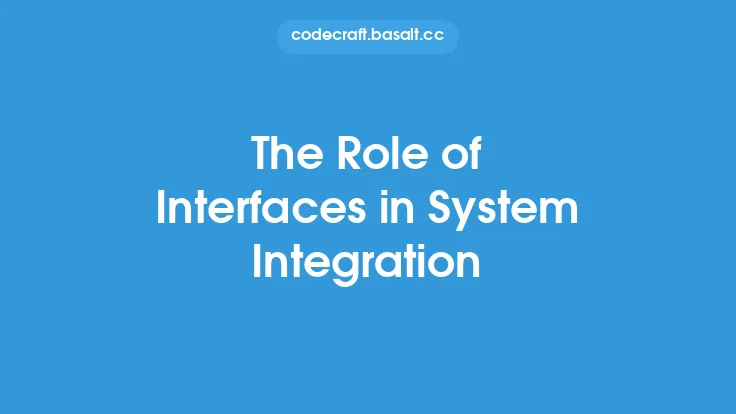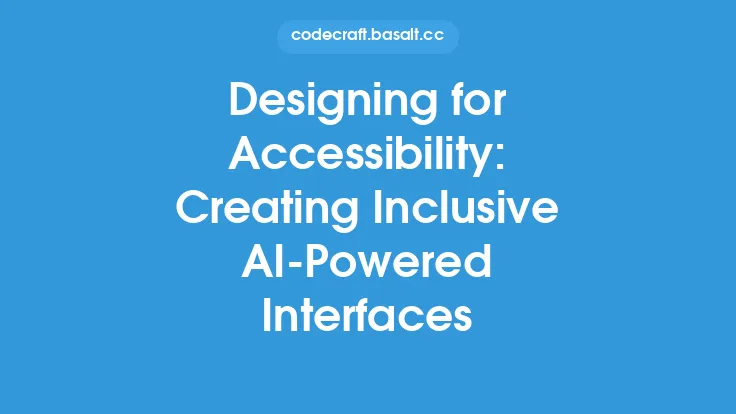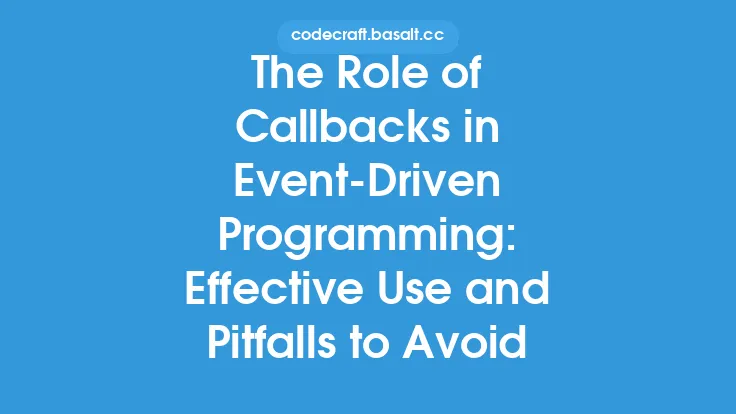The effective use of feedback in AI-powered interfaces is crucial for creating a seamless and intuitive user experience. Feedback refers to the information provided to the user about the outcome of their interactions with the system, and it plays a vital role in shaping the user's understanding of the system's behavior and their own performance. In this article, we will delve into the best practices for designing effective feedback in AI-powered interfaces, exploring the various types of feedback, their characteristics, and the technical considerations involved in implementing them.
Introduction to Feedback Types
There are several types of feedback that can be used in AI-powered interfaces, each serving a distinct purpose. The most common types of feedback include:
- Tactile feedback: This type of feedback involves the use of vibrations, sounds, or other sensory cues to provide users with a physical sensation that confirms their interactions.
- Visual feedback: Visual feedback includes the use of graphics, animations, and other visual elements to provide users with information about the outcome of their interactions.
- Auditory feedback: Auditory feedback involves the use of sounds or voice messages to provide users with information about the outcome of their interactions.
- Haptic feedback: Haptic feedback is a type of tactile feedback that involves the use of forces, vibrations, or motions to provide users with a physical sensation that confirms their interactions.
Characteristics of Effective Feedback
Effective feedback in AI-powered interfaces should possess certain characteristics that make it clear, concise, and easily understandable. Some of the key characteristics of effective feedback include:
- Timeliness: Feedback should be provided in a timely manner, ideally within a few milliseconds of the user's interaction.
- Relevance: Feedback should be relevant to the user's interaction, providing them with information that is directly related to their actions.
- Clarity: Feedback should be clear and easy to understand, avoiding ambiguity or confusion.
- Consistency: Feedback should be consistent across the system, using the same types of feedback for similar interactions.
Technical Considerations
Implementing effective feedback in AI-powered interfaces requires careful consideration of several technical factors. Some of the key technical considerations include:
- Latency: The time it takes for the system to respond to the user's interaction can significantly impact the effectiveness of feedback. Low latency is essential for providing timely feedback.
- Feedback modalities: The choice of feedback modality (e.g., visual, auditory, tactile) depends on the specific requirements of the system and the user's preferences.
- Feedback intensity: The intensity of feedback (e.g., volume, brightness) should be adjustable to accommodate different user preferences and environments.
- Context-aware feedback: Feedback should be context-aware, taking into account the user's current task, location, and other relevant factors.
Best Practices for Designing Feedback
To design effective feedback in AI-powered interfaces, follow these best practices:
- Use a combination of feedback modalities: Using a combination of visual, auditory, and tactile feedback can provide a more engaging and effective user experience.
- Provide feedback for all interactions: Feedback should be provided for all user interactions, including errors, to help users understand the outcome of their actions.
- Use clear and concise language: Feedback messages should be clear, concise, and easy to understand, avoiding technical jargon or complex terminology.
- Test and refine feedback: Feedback should be tested and refined through user testing and feedback to ensure that it is effective and meets the user's needs.
Implementing Feedback in AI-Powered Interfaces
Implementing feedback in AI-powered interfaces requires a deep understanding of the system's architecture and the user's needs. Some of the key considerations for implementing feedback include:
- Using machine learning algorithms: Machine learning algorithms can be used to analyze user behavior and provide personalized feedback.
- Integrating feedback with other system components: Feedback should be integrated with other system components, such as the user interface and the system's logic, to provide a seamless user experience.
- Using feedback to improve system performance: Feedback can be used to improve system performance by providing insights into user behavior and system errors.
- Continuously monitoring and evaluating feedback: Feedback should be continuously monitored and evaluated to ensure that it is effective and meets the user's needs.
Future Directions
The use of feedback in AI-powered interfaces is a rapidly evolving field, with new technologies and techniques emerging continuously. Some of the future directions for feedback in AI-powered interfaces include:
- Using AI to generate personalized feedback: AI can be used to generate personalized feedback that is tailored to the user's needs and preferences.
- Integrating feedback with other AI-powered systems: Feedback can be integrated with other AI-powered systems, such as virtual assistants and chatbots, to provide a more comprehensive user experience.
- Using feedback to improve user engagement: Feedback can be used to improve user engagement by providing rewards, incentives, and other motivators that encourage users to interact with the system.
- Developing new feedback modalities: New feedback modalities, such as brain-computer interfaces and neural feedback, are being developed to provide more direct and intuitive feedback to users.





